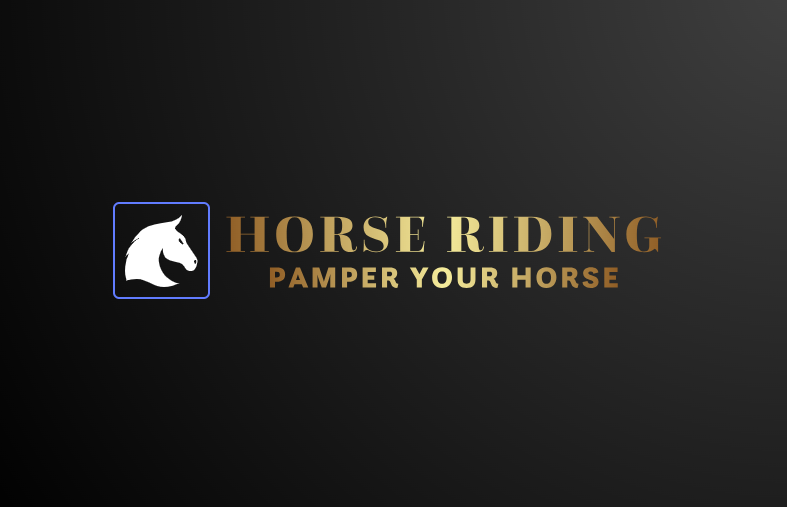
Effective Communication with Your Horse
Key Takeaways
- Understanding your horse's body language is essential for effective communication.
- Building trust through consistent interaction strengthens your partnership.
- Clear cues and signals improve responsiveness and performance during rides.
- Regular groundwork exercises can enhance communication skills.
- Connection goes beyond physical cues; emotional engagement is key to partnership.
Effective communication with your horse is not just about riding; it encompasses the complete relationship you build over time. When both rider and horse have a mutual understanding, it leads to a greater partnership that enhances performance and enjoyment in every ride. In this article, we will explore various techniques to improve your communication with your equine friend, fostering a bond that can take your riding journey to new heights.
Understanding Horse Body Language
Horses are non-verbal creatures, and much of their communication occurs through body language. Recognizing their signals can greatly enhance your interactions.
| Body Language | Meaning |
|---|---|
| Ears forward | Engaged and interested |
| Ears back | Disinterest or irritation |
| Tail swishing | Annoyance or discomfort |
| Soft eyes | Relaxed and comfortable |
| Snorting | Relief or curiosity |
Developing Trust Through Interaction
Trust is the foundation of communication. Spend time with your horse on the ground, engaging in activities beyond riding. This can include grooming, feeding, and simple groundwork exercises. Regular interaction helps both of you build familiarity and trust.
Tips for Building Trust
- Be consistent with your routine to create familiarity.
- Use positive reinforcement, such as treats or praise, to encourage good behavior.
- Be patient; building trust takes time and cannot be rushed.
- Learn about your horse’s personality to tailor your approach.
- Create a calm environment, minimizing sudden movements or loud noises.
Establishing Clear Cues and Signals
Once trust is established, you can begin to develop a system of cues that signal your expectations during riding. Consistency in cues will lead to better reliability in your horse's responses.
| Type of Cue | Example | Purpose |
|---|---|---|
| Verbal | Commands like "walk," "trot," "canter" | To indicate pace changes |
| Physical | Leg pressure or reins pulling | To indicate direction or speed adjustment |
| Visual | Positioning your body | To signal direction and intent |
Practicing Groundwork Exercises
Incorporating groundwork exercises into your routine can significantly enhance the connection you share with your horse. Such exercises not only improve responsiveness but also give you a unique perspective on body language.
- Leading: Practice leading your horse in various directions to establish control.
- Circles: Use circles to combine movement with directional cues.
- Backing up: Teach your horse to respond to pressure applied gently on the halter.
- Jumping: Practice small jumps to develop agility and confidence.
Emotional Engagement and Connection
Communication with your horse goes beyond physical cues. Emotional connection plays a vital role in how effectively your horse responds to you. Being emotionally engaged can improve your overall riding experience and partnership.
Pros
- Improved responsiveness to cues.
- Better overall communication and understanding.
- Enhanced trust between horse and rider.
- Increased enjoyment during rides.
Cons
- Time-consuming to establish strong communication.
- Challenges in understanding subtle body language.
- Potential frustrations if expectations are misaligned.
Maintaining an Ongoing Dialogue
The communication process never truly ends. It's an ongoing dialogue between you and your horse that improves with time and practice. Here are some suggestions to maintain this relationship:
- Regularly assess your horse’s reactions and adjust cues accordingly.
- Engage in routine training sessions to reinforce learned behaviors.
- Always approach your horse calmly and confidently.
- Participate in group rides to expose your horse to new environments.
Conclusion
Effective communication with your horse is a journey filled with learning, patience, and growth. By understanding your horse’s body language, building trust, and establishing clear cues, you enhance not only your riding experience but also strengthen your bond. Remember, every moment spent nurturing this connection pays dividends in both riding and companionship. For more tips on working with your horse, check our Rider Tips and Advice section.
